What is the difference between 5G base station system and 4G
1. RRU and antenna are integrated (already realized)
5G uses Massive MIMO technology (see 5G Basic Knowledge Course for Busy People (6)-Massive MIMO: The Real Big Killer of 5G and 5G Basic Knowledge Course for Busy People (8)-NSA or SA? This is A question worth thinking about), the antenna used has built-in independent transceiver units up to 64.
Since there is really no way to insert 64 feeders under an antenna and hang on the pole, 5G equipment manufacturers have combined the RRU and the antenna into one device-AAU (Active Antenna Unit).

As you can see from the name, the first A in AAU means RRU (RRU is active and needs power supply to work, while the antenna is passive and can be used without power supply), and the latter AU means antenna.
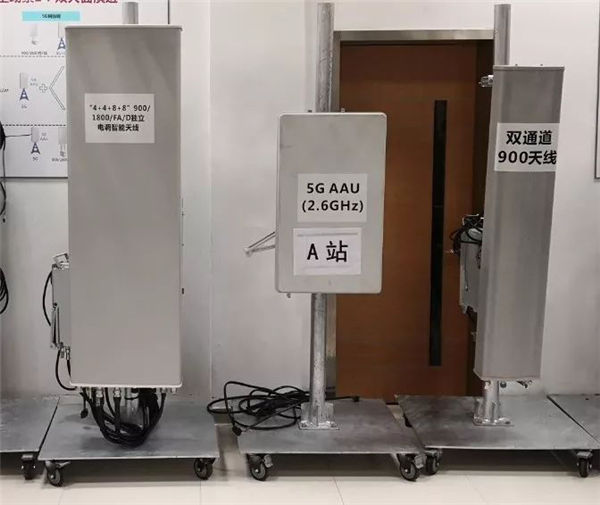
The appearance of the AAU looks just like a traditional antenna. The middle of the picture above is the 5G AAU, and the left and right are 4G traditional antennas. However, if you disassemble the AAU:
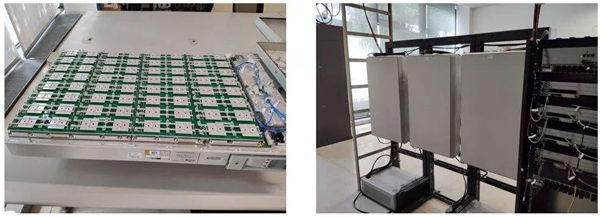
You can see the densely packed independent transceiver units inside, of course, the total number is 64.
The optical fiber transmission technology between BBU and RRU (AAU) has been upgraded (already realized)
In 4G networks, BBU and RRU need to use optical fiber to connect, and the radio frequency signal transmission standard in optical fiber is called CPRI (Common Public Radio Interface).
CPRI transmits user data between BBU and RRU in 4G and there is nothing wrong with it. However, in 5G, due to the use of technologies such as Massive MIMO, the capacity of a 5G single cell can basically reach more than 10 times that of 4G, which is equivalent to BBU and AAU. The data rate of inter-transmission must reach more than 10 times that of 4G.
If you continue to use the traditional CPRI technology, the bandwidth of the optical fiber and optical module will increase by N times, and the price of the optical fiber and optical module will also increase several times. Therefore, in order to save costs, communication equipment vendors upgraded the CPRI protocol to eCPRI. This upgrade is very simple. In fact, the CPRI transmission node is moved from the original physical layer and radio frequency to the physical layer, and The traditional physical layer is divided into a high-level physical layer and a low-level physical layer.

3. Splitting of BBU: separation of CU and DU (it will not be possible for a while)
In the 4G era, the base station BBU has both control plane functions (mainly on the main control board) and user plane functions (main control board and baseband board). There is a problem:
Each base station controls its own data transmission and implements its own algorithms. There is basically no coordination with each other. If the control function, that is, the function of the brain, can be taken out, multiple base stations can be controlled at the same time to achieve coordinated transmission and interference. Collaboration, will the data transmission efficiency be much higher?
In the 5G network, we want to achieve the above goals by splitting the BBU, and the centralized control function is the CU (Centralized Unit), and the base station with the separated control function is only left for data processing and transmission. The function becomes the DU (Distributed Unit), so the 5G base station system becomes:
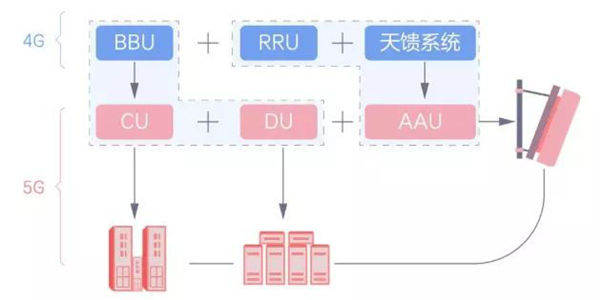
Under the architecture where the CU and DU are separated, the transmission network has also been adjusted accordingly. The fronthaul part has been moved between the DU and AAU, and the midhaul network has been added between the CU and DU.
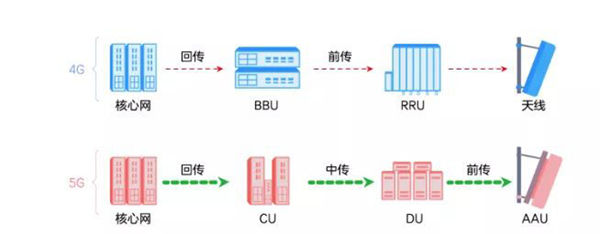
However, the ideal is very full, and the reality is very skinny. The separation of CU and DU involves factors such as industrial chain support, computer room reconstruction, operator purchases, etc. It will not be realized for a while. The current 5G BBU is still like this, and it has nothing to do with 4G BBU.
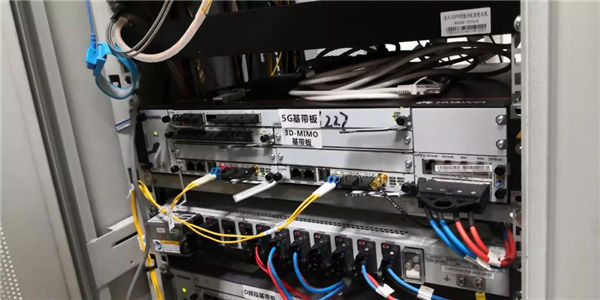
Post time: Apr-01-2021
